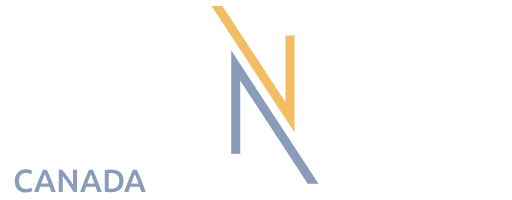A decision by Chile, the world’s no. 2 lithium producer, to tighten control over the key battery metal sector has left many in the industry wondering what the announced state-led public-private model will look like and who, if anyone, will benefit from it.
The lack of specifics on how much ownership the government will demand from companies and the pushback President Gabriel Boric could face when trying to create a national lithium company, add to the uncertainties Chile’s new policy has created.
According to Mining Intelligence, Canada currently has nearly 40 lithium projects in different stages of development, but only two operating mines — Sayona Mining’s (ASX: SYA) North American Lithium (NAL) in Quebec and Sinomine Resource Group’s Tanco mine in Manitoba. The latter also produces cesium and tantalum. NAL, in which Piedmont Lithium (NASDAQ:PLL) has a 25% stake, restarted production only in March while the Tanco mine reopened in December.
In its critical minerals strategy released in December, Ottawa listed lithium as one of the top six critical minerals, along with copper, nickel, cobalt, graphite and rare earths, due to its importance in the green technology sector.
“I believe that Canada, with its vast hard rock lithium assets, will become the Australia of North America in terms of lithium supply,” Lowry says. “But the more capital that lands in North America’s lithium industry, the worse it is for Chile”.




